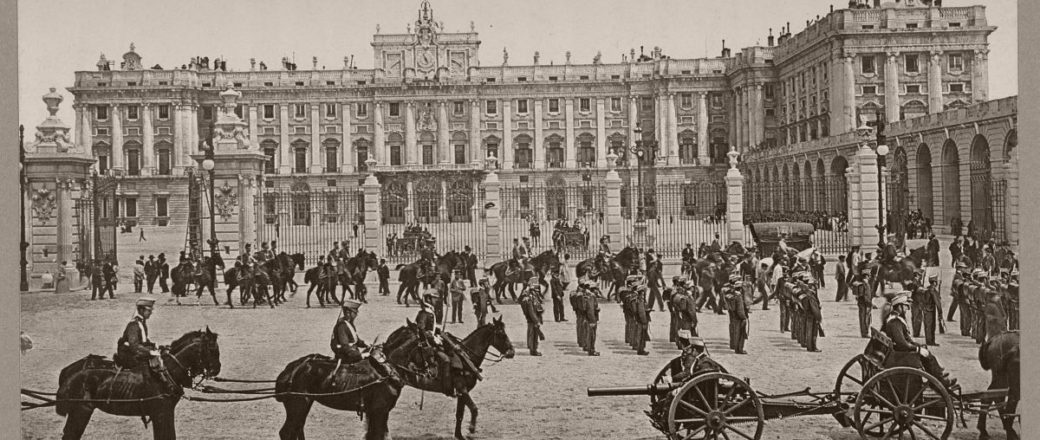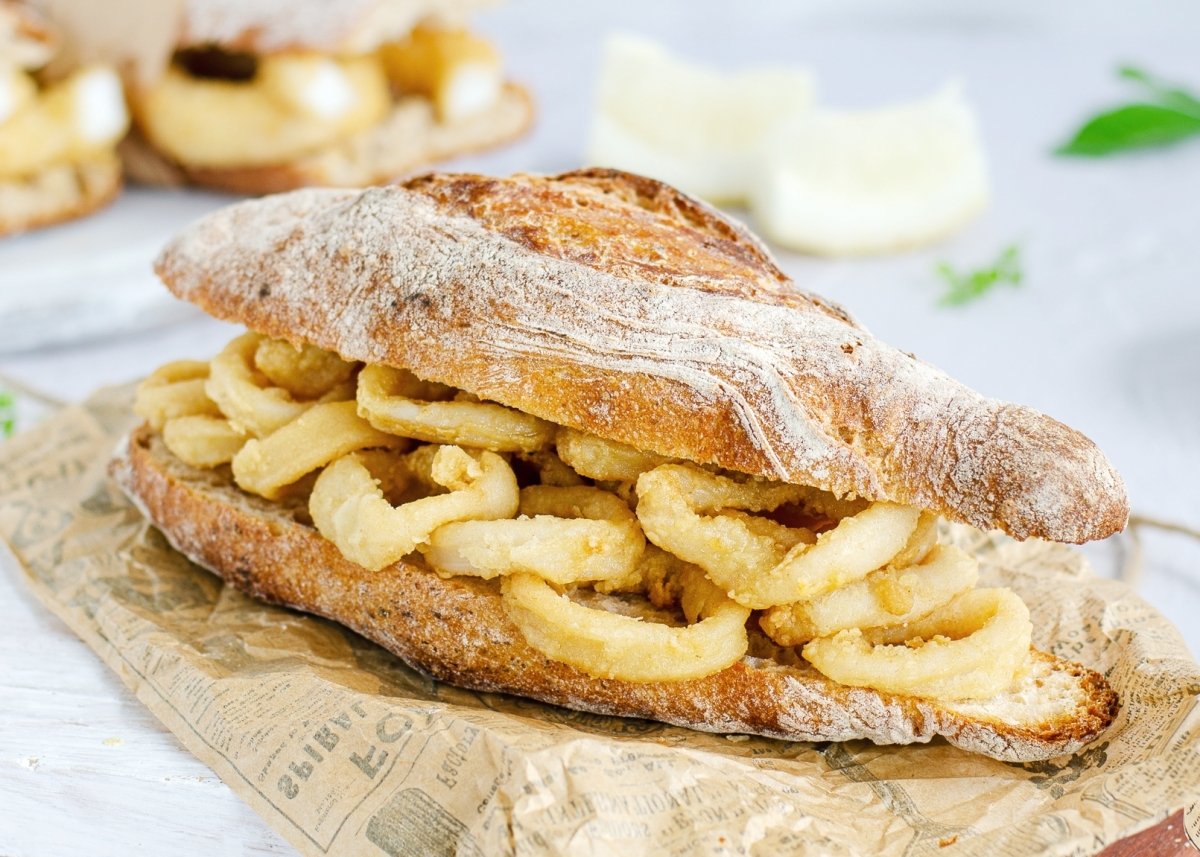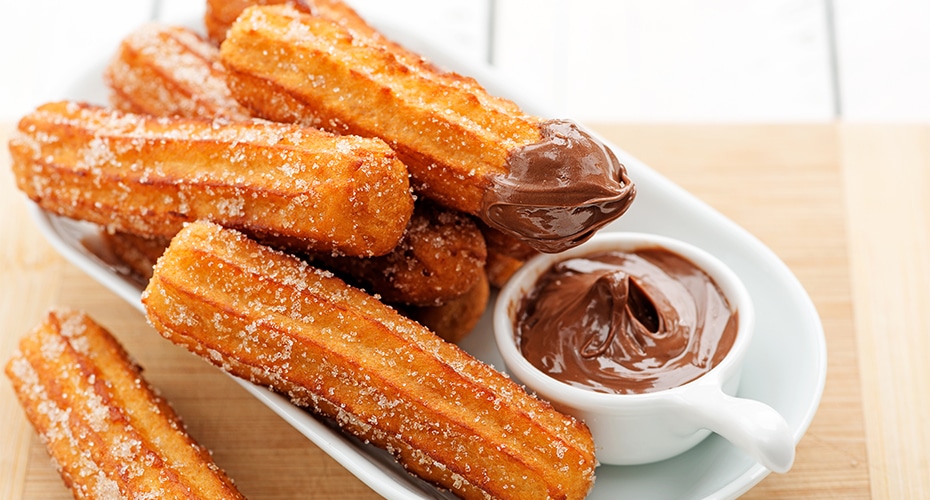POPULATION
3.400.000
CURRENCY
EURO (€)
TIMEZONE
GMT +2:00
LANGUAGE
SPANISH
WEATHER
JULY 31ºC /
JANUARY 6ºC
AIRPORTS
Madrid-Barajas Airport
HISTORICAL IMPORTANCE OF MADRID

MADRID: THE HEART OF SPAIN
Madrid, often called the heart of Spain, is not only the nation's capital but also its vibrant cultural and economic center. Located at the geographical center of the country, it became the capital in 1561 under King Philip II. The city is renowned for its historical landmarks like the Royal Palace and Prado Museum, dynamic arts scene, bustling nightlife, and rich traditions. As a symbol of Spanish unity and identity, Madrid plays a crucial role in political, economic, and cultural life, embodying the spirit and diversity of the entire nation.
THE BEST TIME TO VISIT MADRID
The best time to visit Madrid is during the spring (March to May) and fall (September to November). During these seasons, the weather is pleasant with mild temperatures, making it ideal for exploring the city's outdoor attractions, parks, and cultural sites. Spring brings blooming flowers and vibrant festivals, while fall offers comfortable weather and fewer tourists compared to the summer months. These periods also feature various events and activities that showcase Madrid's rich cultural heritage and lively atmosphere.
TRANSPORTATION TO MADRID
Madrid is easily accessible through various transportation options. Madrid-Barajas Adolfo Suárez Airport (MAD) serves as the main international gateway, offering numerous flights from around the globe. High-speed trains (AVE) operated by Renfe connect Madrid to major Spanish cities like Barcelona, Seville, and Valencia, as well as to international destinations. Long-distance buses from companies like ALSA provide connections from various European cities, arriving at terminals such as Estación Sur and Avenida de América. For those traveling by car, a network of highways links Madrid to the rest of Spain and neighboring countries. Within the city, an extensive metro system, comprehensive bus network, and readily available taxis and ridesharing services ensure convenient local transportation.
BEAR AND THE STRAWBERRY TREE
Madrid is often symbolized by the emblem of the bear and the strawberry tree, a motif prominently featured on the city’s coat of arms and represented by a well-known statue in Puerta del Sol. This emblem dates back to the 13th century and signifies the historical agreement between the ecclesiastical and civil authorities over the land. The bear symbolizes strength and resilience, reflecting Madrid's character, while the strawberry tree represents the natural abundance of the region. The statue, created by Antonio Navarro Santafé in 1967, is a popular landmark and meeting point in the city. This emblem is deeply ingrained in Madrid's local identity, appearing in municipal symbols, sports teams, and businesses, embodying the city's rich heritage and enduring spirit.
THINGS TO DO AND PLACES TO VISIT




WHAT TO EAT IN ANTALYA

Cocido Madrileño
This hearty stew is a quintessential Madrid dish, featuring chickpeas, vegetables, and various meats like chorizo, morcilla (blood sausage), and pork. It's often served in multiple courses, starting with the broth and chickpeas, followed by the meats and vegetables. Enjoying cocido is a social and flavorful experience deeply rooted in Madrid's gastronomic heritage.

Bocadillo de Calamares
Bocadillo de Calamares is a quintessential Spanish sandwich, particularly famous in Madrid. It consists of crispy, battered and fried calamari rings served in a crusty baguette or roll. Often enjoyed with a squeeze of lemon and sometimes accompanied by a splash of aioli or a sprinkle of sea salt, this simple yet delicious dish highlights the culinary tradition of Madrid’s tapas bars. Originally a popular choice among locals for a quick and satisfying meal, the bocadillo de calamares has become an iconic representation of Spanish street food, beloved for its flavor and ease.

Tortilla Española
A classic Spanish omelette that holds a special place in Madrid's culinary culture. Made with eggs, potatoes, and onions, this versatile dish can be found in virtually every café, bar, and restaurant in the city. Enjoy it as a tapa or as a main course, either warm or at room temperature.
:max_bytes(150000):strip_icc()/230569-chef-johns-patatas-brazas-ddmfs-2X3-0917-2e7985bf896d4ea0b1baa2a0c826ea0d.jpg)
Patatas Bravas
These fried potato cubes are a ubiquitous tapa across Spain, but Madrid's version often stands out for its simplicity and flavor. The potatoes are typically served with a spicy tomato sauce (brava sauce) and sometimes accompanied by aioli. They make for a satisfying and addictive snack or appetizer.

Churros con Chocolate
No visit to Madrid is complete without indulging in churros, especially when paired with a thick, rich chocolate sauce for dipping. Enjoyed particularly in the morning or late at night, this sweet treat is a favorite among locals and visitors alike, offering a comforting and delicious taste of Madrid's culinary tradition.
HOW MANY DAYS SHOULD YOU SPEND IN MADRID?
The ideal duration for a visit to Madrid typically ranges from 3 to 5 days, allowing enough time to explore the city's diverse attractions and immerse oneself in its vibrant culture. In 3 days, you can visit iconic landmarks such as the Prado Museum, Royal Palace, and Plaza Mayor, while also enjoying leisurely strolls through parks like Retiro Park and exploring neighborhoods like Malasaña and La Latina for authentic dining experiences. With 4 to 5 days, you can delve deeper into Madrid's rich art scene by visiting additional museums like the Reina Sofía and Thyssen-Bornemisza, attend a flamenco show, and indulge in more leisurely meals at traditional tapas bars. Day trips to nearby UNESCO World Heritage towns like Toledo or Segovia also become feasible, enriching your experience with historical and cultural depth. Whether short or extended, Madrid offers a vibrant mix of history, art, cuisine, and entertainment that caters to various interests and preferences.
